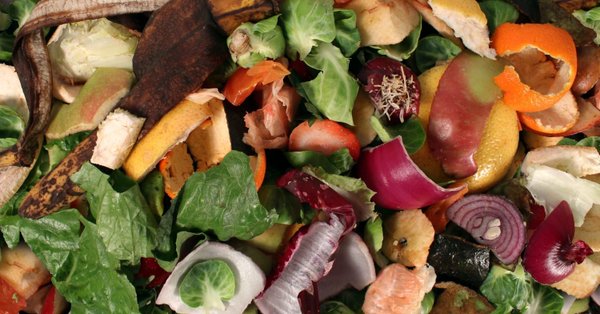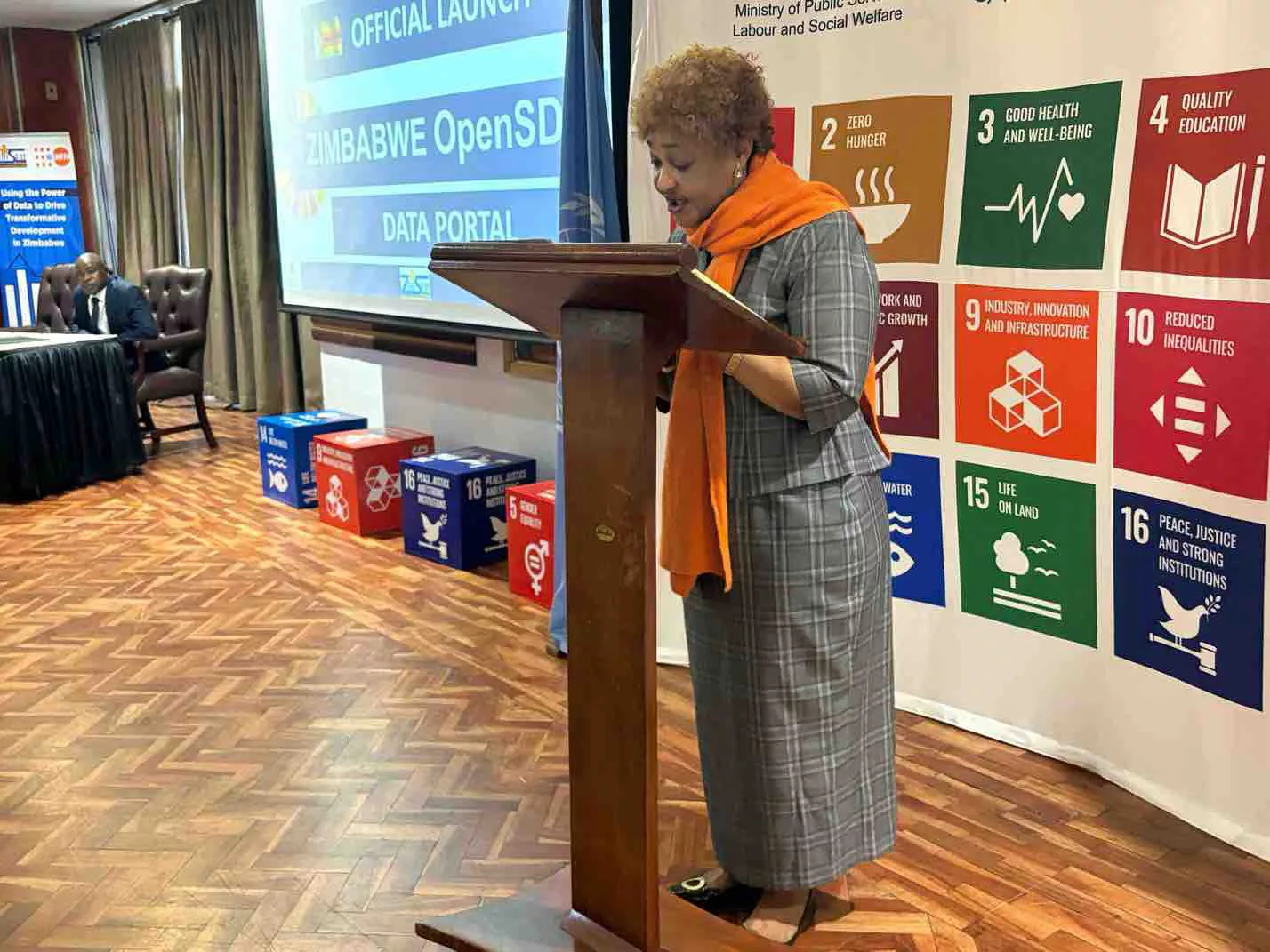Development spending efforts should target improved food safety for African consumers, who need greater information and awareness to be able to demand higher standards, finds the Global Food Safety Partnership.
More than half of donor funded food safety initiatives in sub-Saharan Africa are focused on overseas markets, with less than half on domestic consumers, a new report from the Global Food Safety Partnership has found.
An analysis of more than 500 projects and activities in sub-Saharan Africa since 2010 found most focused on food safety for exports. While exports are crucial for economies, the African continent suffers the world’s worst levels of food safety, causing human capital losses of an estimated $16.7 billion a year in Africa.
The Partnership called for more investment into programs focusing on public health after finding less than five per cent of donor investments addressed specific health risks, such as Salmonella and E.coli, that local consumers face when purchasing from informal food markets.
The report, launched ahead of the first International Food Safety Conference in Addis Ababa, Ethiopia, highlighted the need for more targeted investment to promote food safety at a domestic level across Africa, where food-borne illnesses claim an estimated 137,000 lives a year, according to figures from the World Health Organisation (WHO). Globally, food-borne disease has a public health burden similar to malaria, HIV/AIDS and tuberculosis.
“The future of the food system is critical to the long-term well-being of Africa and its people, and for the global food system to be a successful provider, the food must be safe for everyone,” said Juergen Voegele, Senior Director for Food and Agriculture Global Practice at the World Bank, which hosts the Global Food Safety Partnership.
“With growing populations and changing diets, now is the time to take stock of the current food safety landscape in Africa and for new efforts to address old challenges. It is time to examine what the international donor community is doing to help address these challenges, and how donors, governments, the private sector and consumers can work together to strengthen Africa’s food safety system.”
Food safety is key to the success of Africa’s agriculture-led development strategies, with most smallholders growing crops and livestock for household consumption but also to sell to local markets to generate income.
Yet the documented annual donor investment in food safety projects is more than 300 times less than the losses in productivity caused by food-borne illness, the report said.
The authors, whose partners included the International Livestock Research Institute (ILRI) and the African Development Bank (AfDB), described four intersecting domains affecting food safety in the region. These included environmental factors, food markets, physical infrastructure and governance.
“The development community is beginning to accept that there will be no food security and achievement of development goals without food safety,” said Louise Scura, Chair of the Global Food Safety Partnership governing committee.
“Our hope is that this report will result in greater prioritisation of investments in food safety for African consumers, greater alignment of the development community’s support to food safety, and sharper focus on the need to alleviate the public health burden of food-borne disease in sub-Saharan Africa.”
The report recommended investment into public health-focused programs with emphasis on raising awareness and empowering African consumers to demand higher food safety standards. This included efforts to better inform the public about food safety issues so that demand for safe food drives market incentives for higher standards.
The three recommendations included:
- Better addressing the health of domestic consumers dependent on informal markets;
- Building capacity for well-governed, evidence- and risk-based food safety systems
- Harnessing today’s marketplace drivers of progress on food safety.






